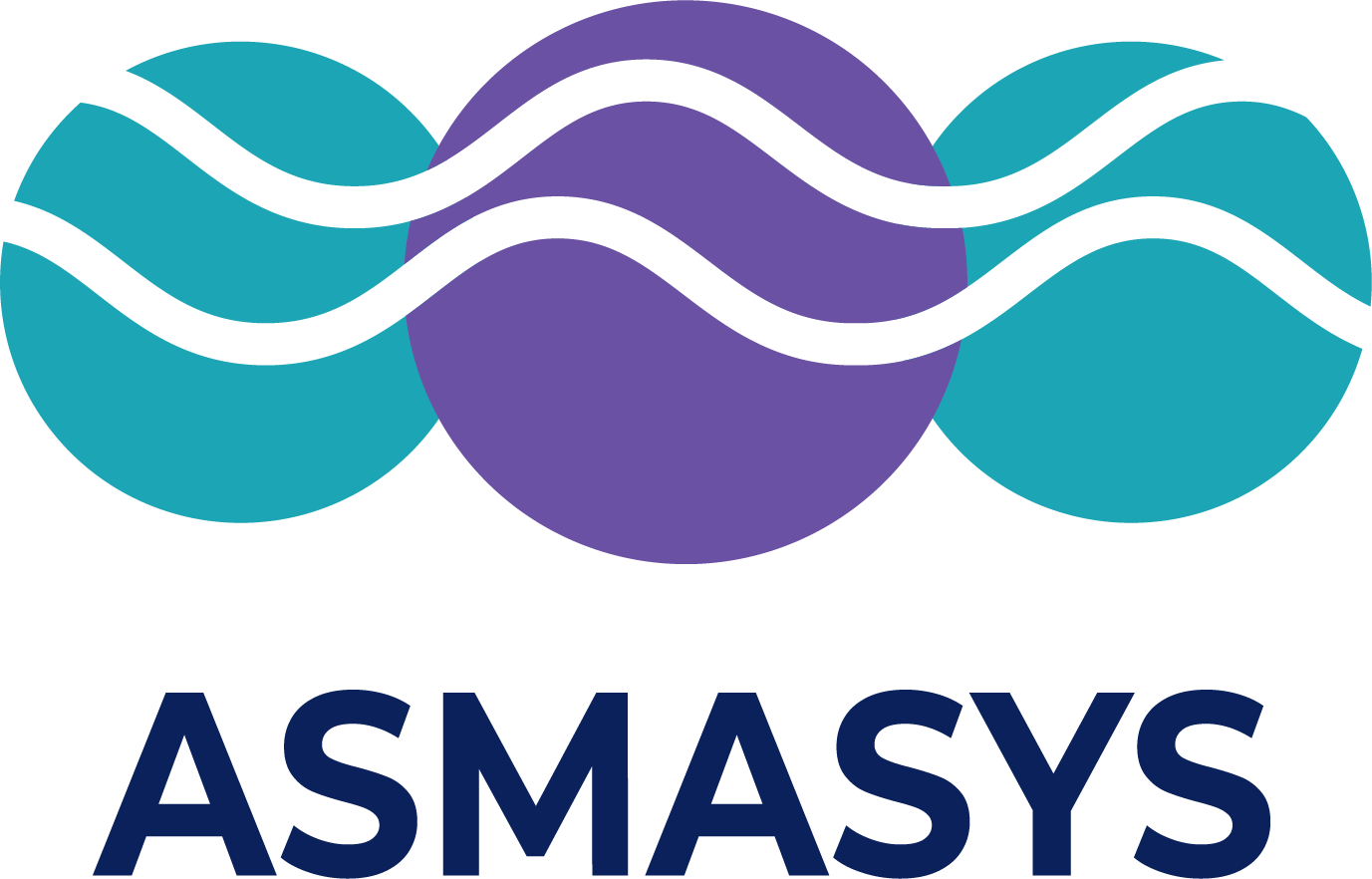References
Brewer, P. G., Peltzer, E.T., Friederich, G., & Rehder, G. (2002), Experimental determination of the fate of rising CO2 droplets in sea water. Environm. Sci. Techn., 36, 5441-5446. https://doi.org/10.1021/es025909r
de Lannoy, C.-F., Eisaman, M. D., Jose, A., Karnitz, S. D., DeVaul, R. W., Hannun, K., & Rivest, J. L. B. (2018), Indirect ocean capture of atmospheric CO2: Part I. Prototype of a negative emissions technology. International Journal of Greenhouse Gas Control, 70, 243–253. https://doi.org/10.1016/j.ijggc.2017.10.007
GESAMP (2019), High level review of a wide range of proposed marine geoengineering techniques. (Boyd, P.W. and Vivian, C.M.G., eds.). (IMO/FAO/UNESCO-IOC/UNIDO/WMO/IAEA/UN/UN Environment/UNDP/ISA Joint Group of Experts on the Scientific Aspects of Marine Environmental Protection). Rep. Stud. GESAMP No. 98, 144 p.
Gattuso, J.-P., Magnan, A. K., Bopp, L., Cheung, W. W. L., Duarte, C. M., Hinkel, J., et al. (2018), Ocean solutions to address climate change and its effects on marine ecosystems. Frontiers in Marine Science, 5, 337. https://doi.org/10.3389/FMARS.2018.00337
Keller, D.P., (2018), Marine Climate Engineering. In M. Salomon & T. Markus (Eds.), Handbook on Marine Environment Protection. Springer. https://doi.org/10.1007/978-3-319-60156-4_13
Keller, D. P., Lenton, A., Littleton, E. W., Oschlies, A., Scott, V., & Vaughan, N. E. (2018a), The Effects of Carbon Dioxide Removal on the Carbon Cycle. Current Climate Change Reports, 4(3), 250–265. https://doi.org/10.1007/s40641-018-0104-3
Keller, D. P., Lenton, A., Scott, V., Vaughan, N. E., Bauer, N., Ji, D., et al. (2018b), The Carbon Dioxide Removal Model Intercomparison Project (CDRMIP): rationale and experimental protocol for CMIP6. Geoscientific Model Development, 11(3), 1133–1160. https://doi.org/10.5194/gmd-11-1133-2018
Rickels, W., Merk, C., Reith, F., Keller, D., & Oschlies, A. (2019), (Mis)conceptions about modelling of negative emissions technologies. Environmental Research Letters, 14: 104004. https://doi.org/10.1088/1748-9326/ab3ab4
